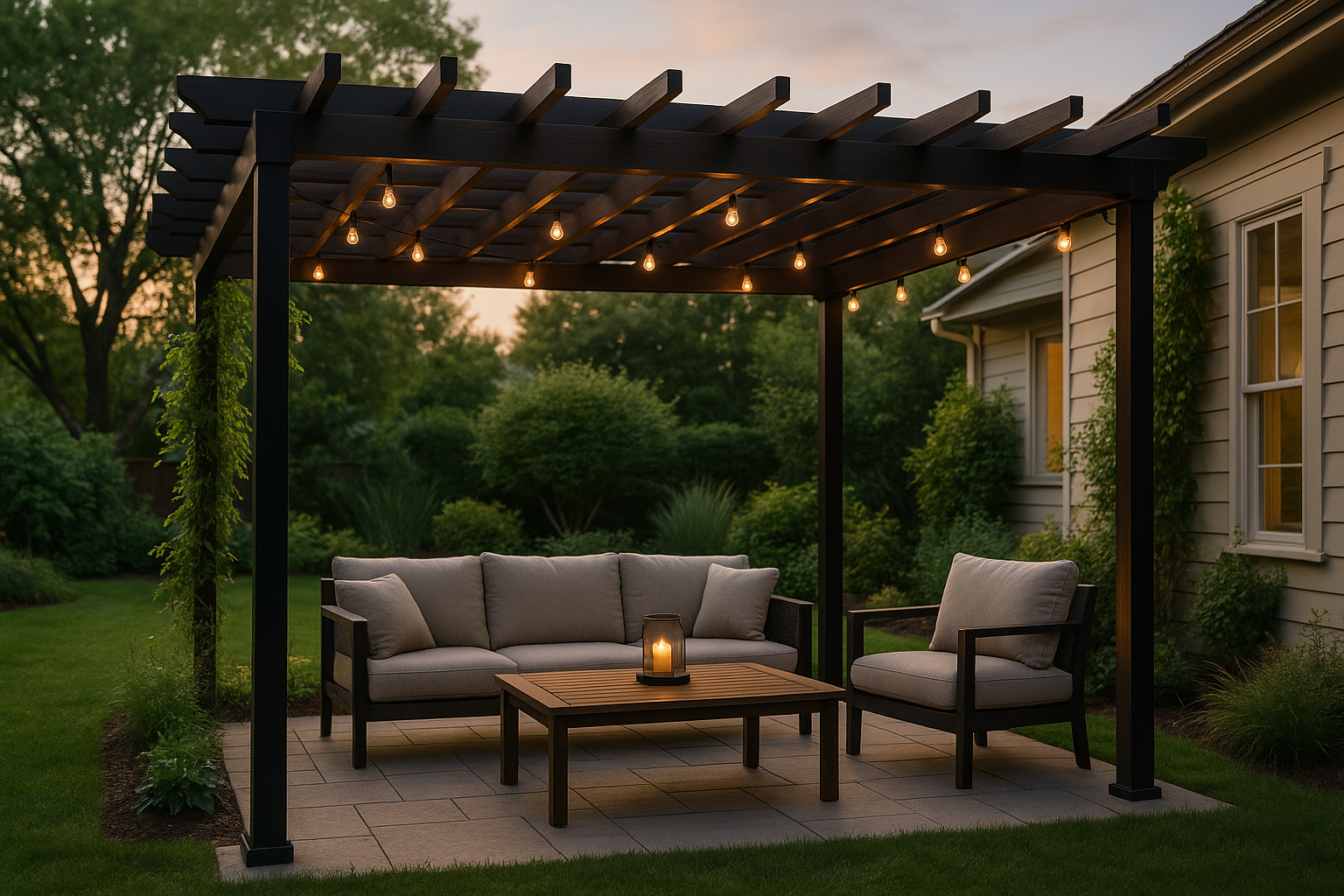Practical Yard Design Ideas for Functional Outdoor Spaces
A well-designed yard balances form and function to create an outdoor area that fits how you live. Whether you have a small urban plot or a larger suburban lot, thoughtful planning of patio placement, garden beds, furniture zones, and landscaping features can improve usability, aesthetics, and maintenance. This article outlines approachable strategies to shape a yard that performs year-round.

Patio layout and materials
A patio anchors many yard designs. Consider size and orientation first: place the patio where you’ll use it most often, such as near a kitchen door for easy access. Material choices affect cost, durability, and look — common options include concrete pavers, natural stone, brick, and permeable pavers. Hard surfaces should slope slightly away from the house for drainage and be sized to accommodate movement around furniture and grills. Integrating low steps, retaining walls, or built-in planters can make transitions between levels feel intentional.
Designing outdoor zones
Dividing a yard into functional outdoor zones helps different activities coexist. Typical zones include dining, lounging, play, and gardening areas. Use visual cues—changes in surface material, small hedges, or gravel paths—to define zones without building walls. Consider privacy needs and sun exposure: morning sun is ideal for breakfast spots, while a shaded lounge area benefits afternoon use. Lighting and shade structures such as pergolas or retractable awnings extend usability into evenings and variable weather.
Garden planning and plant choices
Garden design connects the built patio and furniture with the living landscape. Start by mapping sun, shade, and soil conditions, then select plants suited to those microclimates. Mix structural plants (shrubs, evergreen hedges) with seasonal perennials and bulbs to provide year-round interest. Group plants with similar water needs together to simplify irrigation. Native species often require less maintenance and support local pollinators. When space is limited, vertical gardens, containers, and raised beds maximize planting area without encroaching on activity zones.
Choosing outdoor furniture
Furniture defines how a patio or outdoor room will be used. Choose pieces sized to the space—a too-large sectional can overwhelm a modest patio, while undersized chairs may feel cluttered on a larger terrace. Materials matter for durability: teak, aluminum, and synthetic wicker are common for their weather resistance, while cushions should be made from outdoor-grade fabrics that resist mildew and fading. Consider flexible seating (stackable chairs, benches with storage) to adapt spaces for gatherings. Arrange furniture to promote conversation, orient focal seating toward garden views, and leave clear circulation paths.
Landscaping for year‑round appeal
Landscaping ties the whole yard together and extends interest across seasons. Combine evergreen structure with seasonal color and textural contrasts—ornamental grasses, flowering shrubs, and a mix of leaf shapes can add depth. Hardscape elements such as paths, mulch beds, and boulders reduce maintenance and create visual anchors. Pay attention to practical issues like drainage and soil erosion; grading and swales can channel water away from foundations. If wildlife or pollinators are priorities, include nectar-rich plants and avoid broad-spectrum pesticides.
Conclusion
Thoughtful yard design considers how you use outdoor space today and how needs may change. By planning patio location and materials, defining outdoor zones, selecting appropriate garden plants, choosing durable furniture, and applying smart landscaping, you can create a cohesive yard that supports daily life and seasonal variation. Regular evaluation and small updates over time will keep the space functional and visually appealing.






